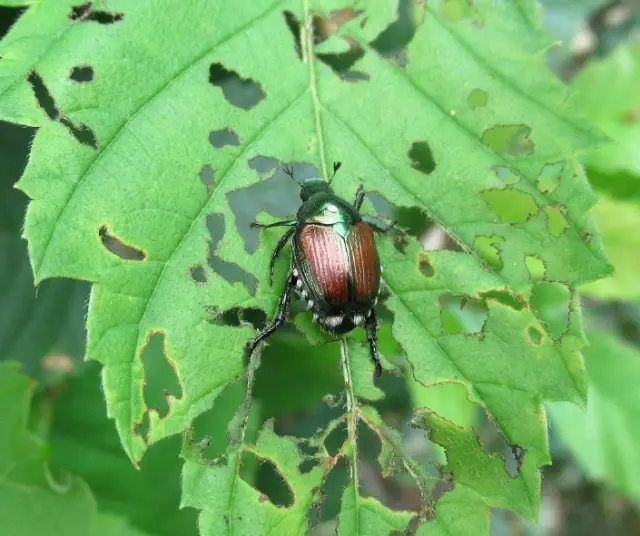Invasive species represent one of the biggest threats to biodiversity and the stability of ecosystems around the world. With a deeper understanding of invasive species, we can take action to protect our natural areas and ensure the conservation of biological diversity.
Invasive species refer to plants , animals , or other organisms that are introduced by humans into an ecosystem outside of their natural range. These species have the ability to establish and reproduce in their new environment quickly and aggressively, competing with native species for resources such as food, water, and habitat.
Invasive species can be introduced accidentally, as a result of international trade and freight transport, or intentionally, as in the case of introductions for hunting, fishing or ornamental purposes. Once established, they can have devastating effects on ecosystems, disrupting food chains, displacing native species, and even causing local species extinction.
Here are some examples of known invasive species:
- Common carp (Cyprinus carpio): Originally from Asia, common carp have been introduced into numerous water bodies around the world, where they compete with native species and disrupt aquatic ecosystems.
- Brown rat (Rattus norvegicus): Native to Asia, the brown rat has colonized virtually every continent due to its adaptability. Their presence can have negative effects on ecosystems and cause significant economic damage.
- Pampas Grass (Cortaderia selloana): Native to South America, this invasive plant has been introduced to several countries and has spread rapidly, displacing native species and disrupting ecosystems.
- Burmese python (Python bivittatus): Native to Southeast Asia, this snake has become an invasive species in southern Florida, United States. Their presence has caused a significant decline in native mammal and bird populations.
- Camalote (Eichhornia crassipes): This aquatic plant native to South America has become an invasive species in many regions of the world. Its rapid growth can clog water bodies, affecting biodiversity and navigation.
- American Red Crab (Procambarus clarkii): Native to North America, this freshwater crab has been introduced to various parts of the world, where it can compete with native species and disrupt aquatic ecosystems.
- King snake (Lampropeltis getula): This snake native to North America has become an invasive species on some Caribbean islands. Their presence has had a negative impact on native bird populations.
These are just a few examples of invasive species. It is important to note that the list of invasive species may vary by geographic region. Each country and area has its own specific invasive species to deal with.
Impact of invasive species on ecosystems
Invasive species represent a serious threat to biodiversity and the functioning of ecosystems. By displacing native species and competing for resources, they can reduce biological diversity and alter the structure of plant and animal communities.
Furthermore, some invasive species have the ability to alter nutrient cycles and modify fire patterns in ecosystems . For example, the presence of invasive plants can increase the risk of wildfires by accumulating flammable material and changing the composition of the vegetation.
Invasive species can also have significant economic impacts. They can damage agricultural crops, decrease the productivity of fisheries resources, and cause costly damage to infrastructure such as levees and irrigation systems.
Control and management efforts
Invasive species management is a complex challenge that requires a combination of approaches. Control efforts may include physical methods, such as the manual eradication of invasive individuals, the construction of physical barriers, or the use of biological control methods, where natural predators or specific parasites are introduced to reduce invasive populations.
In addition, prevention and early detection strategies must be implemented to prevent the introduction of new invasive species and respond quickly when a new invasion is detected. This involves regulation of trade in alien species, inspection of vessels and merchandise in ports, and public education on the risks associated with invasive species.
Importance of education and awareness
Education and awareness play a critical role in preventing and managing invasive species. It is important to inform the community about the negative impacts of invasive species and promote responsible practices, such as avoiding the release of exotic pets into the wild and not planting invasive species in gardens and natural areas.
In addition, actions must be promoted to restore ecosystems affected by invasive species. This may include the removal of invasive species and the reintroduction of native species, as well as the restoration of degraded habitats to encourage the recovery of biological diversity .
Uncontrolled introduction and spread can have devastating impacts on native flora and fauna , as well as ecological systems as a whole. Proper management and public awareness are essential to prevent and control the spread of invasive species.
As individuals, we can play an active role by learning about invasive species in our area and taking steps to prevent their spread. By working together, we can protect our natural ecosystems and preserve the richness and beauty of biodiversity for future generations .
